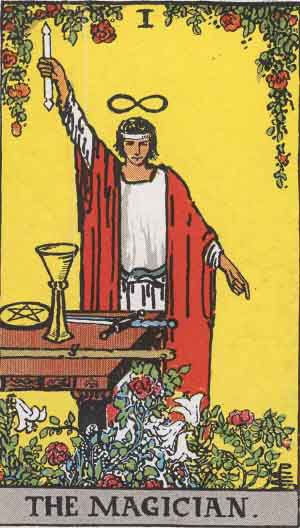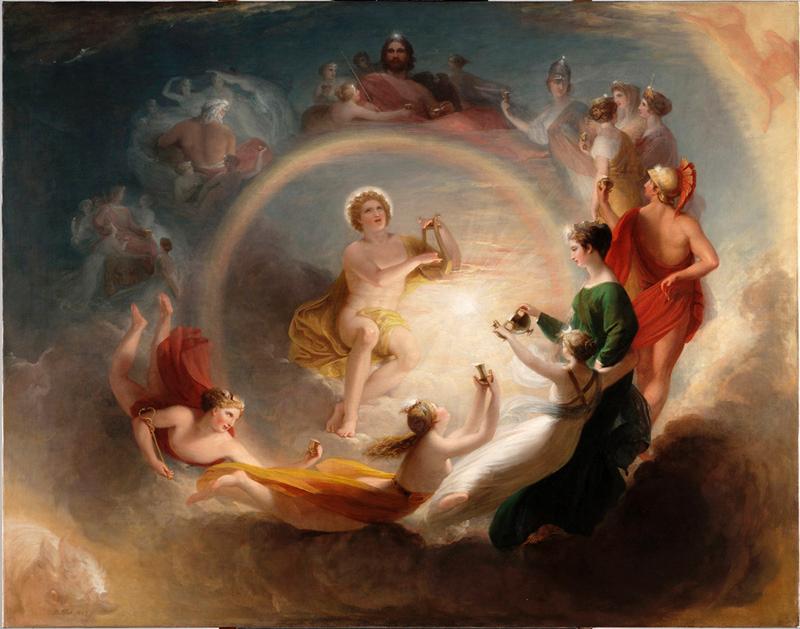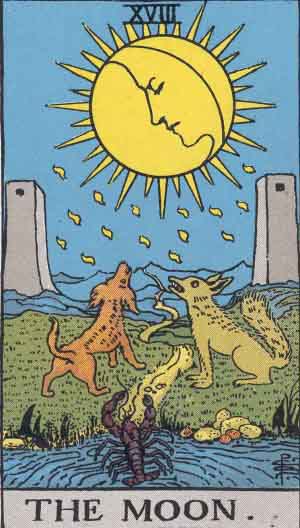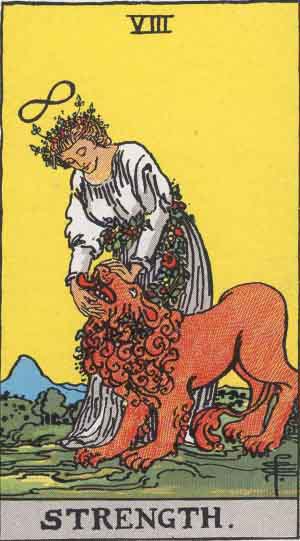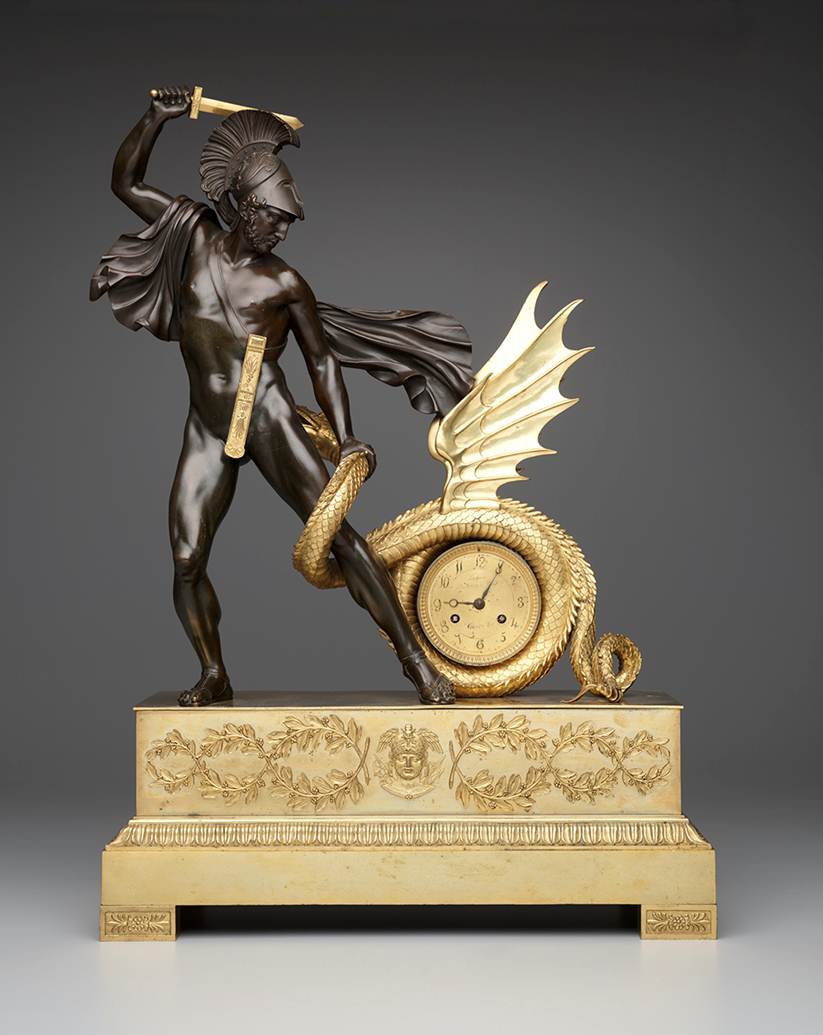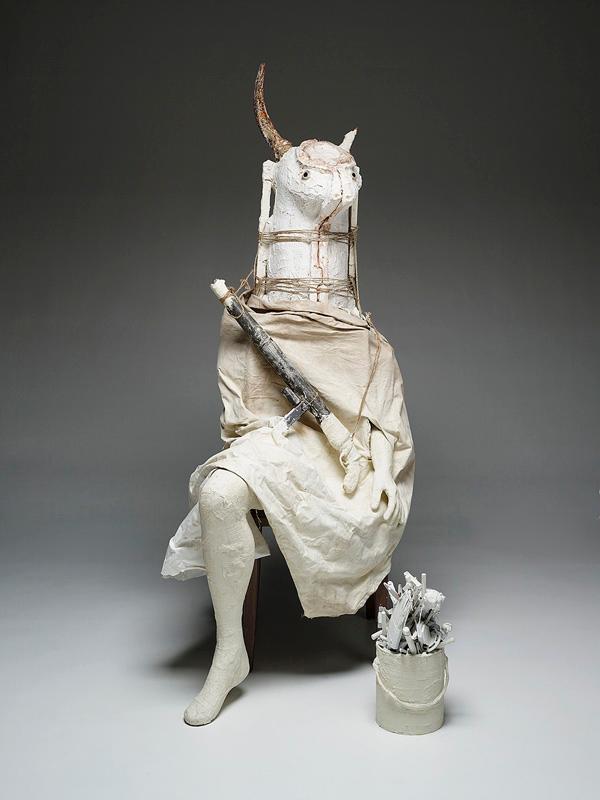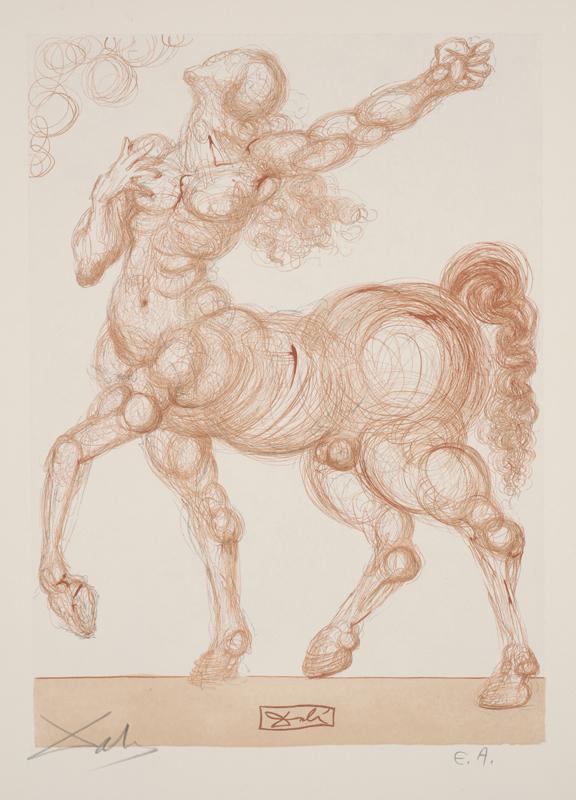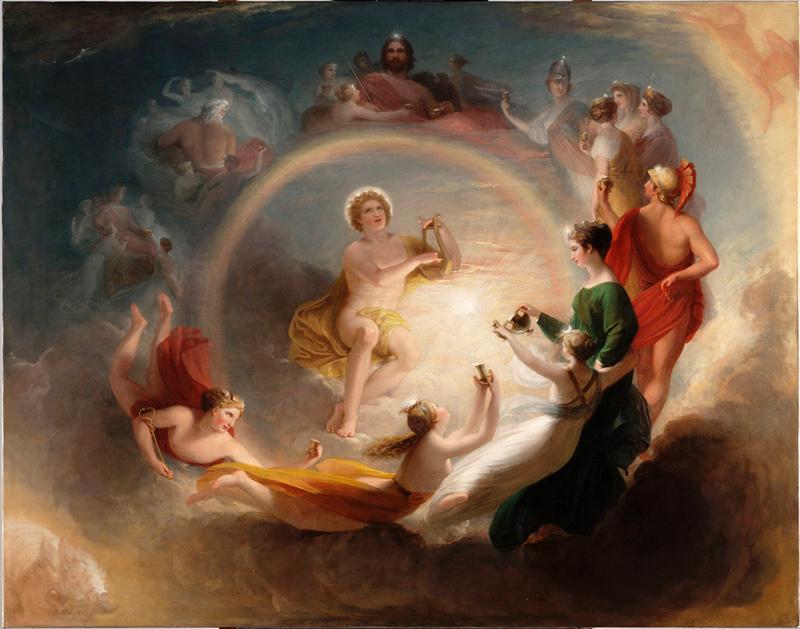This post is the fourth in a larger series finding connections between the ever-mystical tarot cards and the extraordinary collection of the Dallas Museum of Art. Head over to the first, second, and third posts for an introduction and earlier connections.
The Magician is the first trump card in a tarot deck. Shown as a youthful figure, the Magician is often thought to represent Apollo, the Greek sun god. This association speaks to bringing light to the darkness and addressing avoided issues.
Surrounded by the pantheon of Greek gods and muses, Benjamin West’s Apollo is bathed in the light of the sun. Apollo enchants his audience with his skill at the lyre, as he is the god of music as well as the sun.
The Moon is the eighteenth major arcana card. With the face of the subconscious mind gazing calmly upon the scene, the Moon depicts a dog, wolf, and water creature of sorts (in this case a lobster). The card often represents sleep patterns, dreams, and nightmares- with the animals shown symbolizing the fears of man.
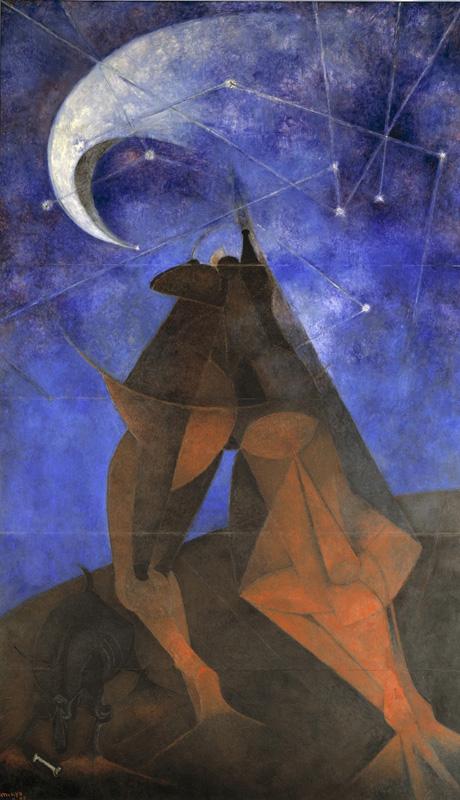
Rufino Tamayo, El Hombre (Man), 1953, Dallas Museum of Art, Dallas Art Association commission, Neiman-Marcus Company Exposition Funds
Surrounding the theme of “man excelling himself,” Rufino Tamayo created the mural El Hombre as a commision for the Dallas Art Association. Tamayo’s painted figure points into the starry sky in search of our place in the cosmos. The dog in the lower-left corner blends into the dark ground as it gnaws on a bone- representing man’s baser instincts.
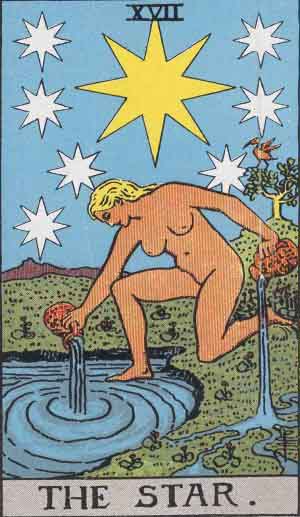
The Star is the seventeenth trump card. Contributing liquid to both the pool of subconsciousness and the material world, a naked woman kneels directly beneath an exaggerated star. In a tarot spread, the Star represents renewed hope, inspiration, and discovery.
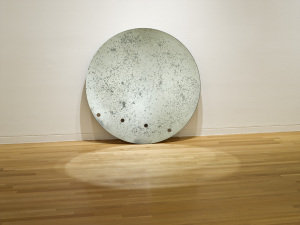
Simon Starling, Venus Mirror (8/6/08, Copenhagen), 2011, Dallas Museum of Art, DMA/amfAR Benefit Auction Fund
Simon Starling’s mirror alludes to the original documentation of the planet Venus’ path accross the sky by Pierre César Jules Janssen. Undertaken in 1974, the French astronomer developed a special daguerreotype camera to document Venus’ movement. The telescope-camera hybrid recorded the multiple exposures on a single circular daguerreotype plate.
Strength is numbered as eleven or eight depending on the deck. Historically titled Fortitude, the design has consistenly portrayed a lion submitting to the gentle touch of a woman. When selected for a tarot reading, the card implies one’s control of the primal qualities of man.
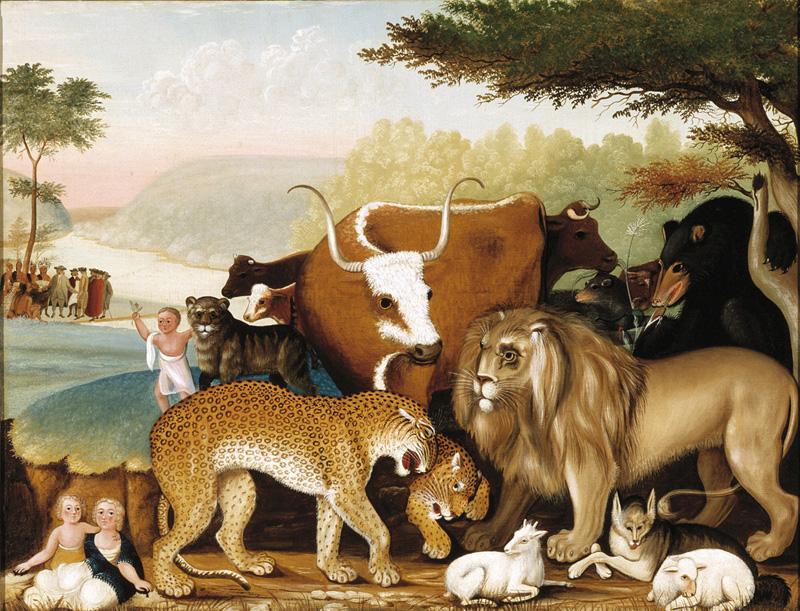
Edward Hicks, The Peaceable Kingdom, 1846-1847, Dallas Museum of Art, The Art Museum League Fund
Based on Christian scripture, Edward Hicks created a scene of spiritual and earthly harmony amongst men and animals. At the left side of the painting, William Penn signs a peace treaty with the Native American peoples of the Delaware Valley- a historic model for peaceful coexistence.
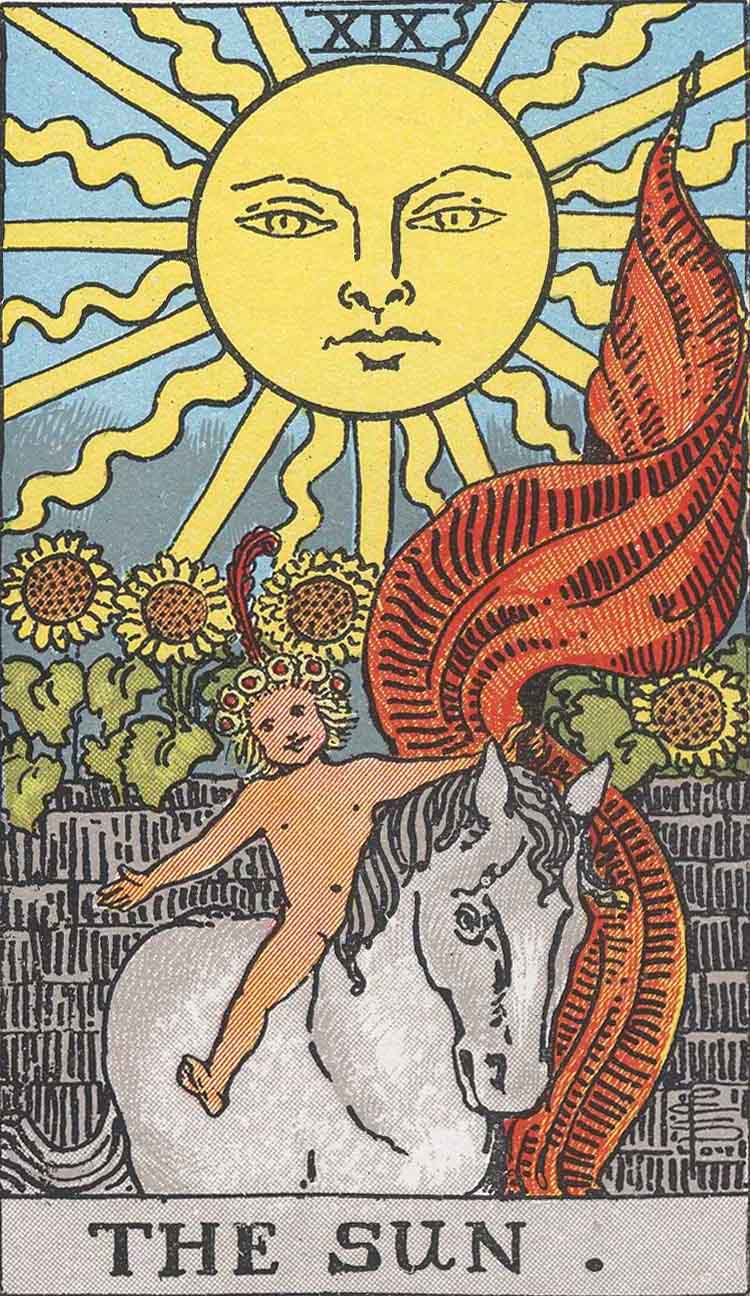
The Sun is the nineteenth of the major arcana cards. Riding beneath the anthropomorphized sun, a small child sits astride a white horse- both symbols of innocence and purity. With the red flag representing renewal, this card points to personal power, optimism, and enlightenment.
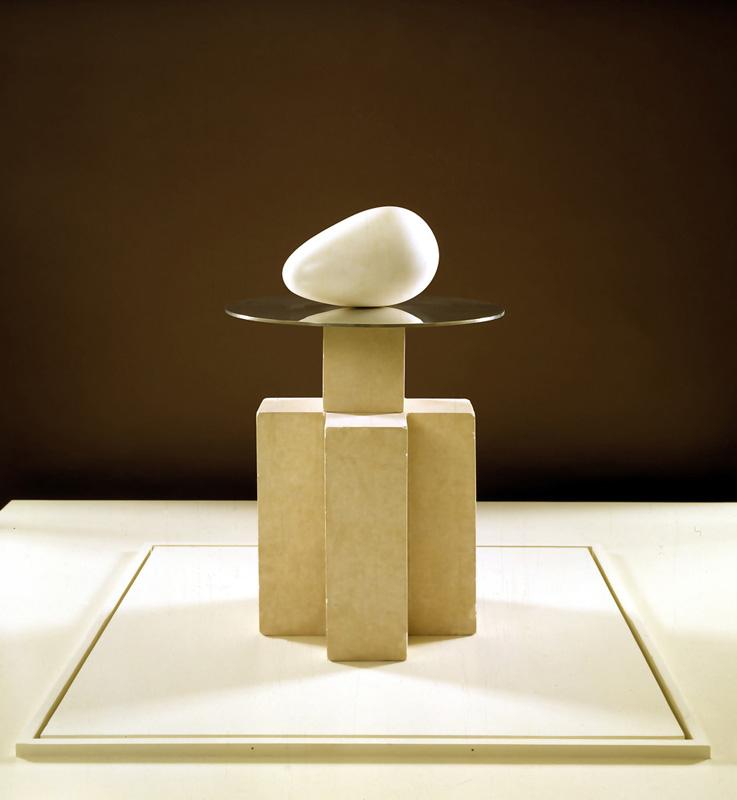
Constantin Brancusi, Beginning of the World, c.1920, Dallas Museum of Art, Foundation for the Arts Collection, gift of Mr. and Mrs. James H. Clark
Provocative in nature, the sculpture’s title, Beginning of the World, is full of potential associations. When paired with the simple geometric and natural shapes, the title hints to new beginnings, concepts, and discoveries.
My next and final Reading the Cards post will look at Temperance, the Tower, the Wheel of Fortune, and the World.
McDermott Intern for Community Teaching
